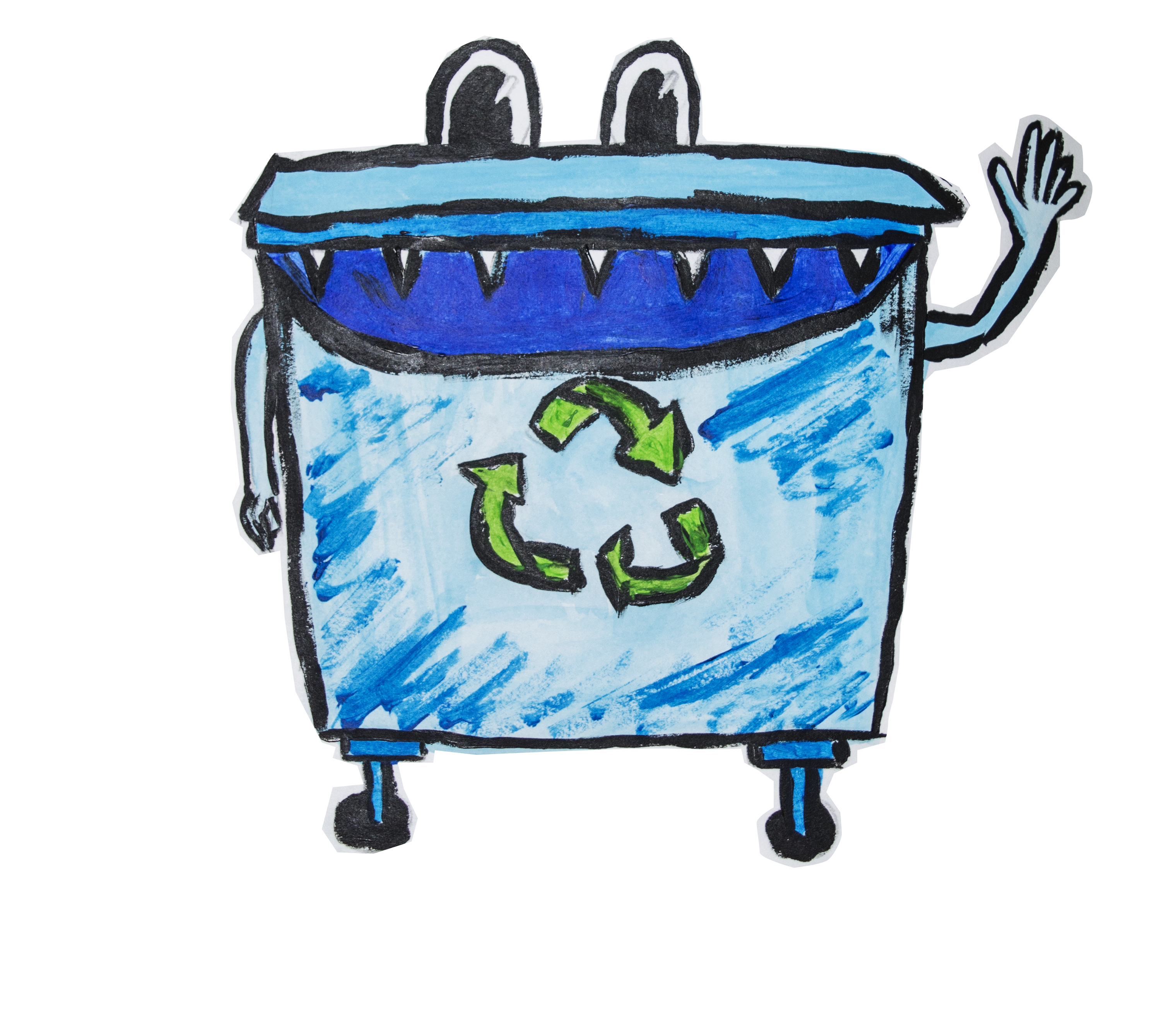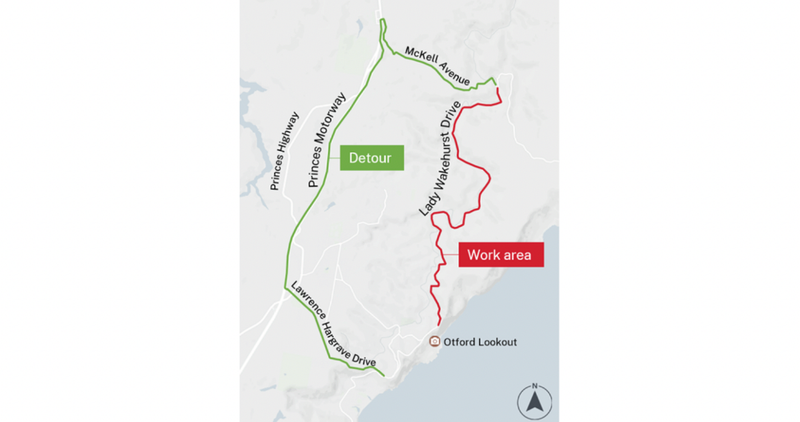Waste not, want not
PROVERB: If you use a commodity or resource carefully and without extravagance you will never be in need. Looking for a title for this piece I recalled a saying that my grandfather often used. He grew up in the Depression where things like bread...

PROVERB: If you use a commodity or resource carefully and without extravagance you will never be in need.
Looking for a title for this piece I recalled a saying that my grandfather often used. He grew up in the Depression where things like bread crusts or timber off-cuts were never thrown out.
I do feel that part of our current crisis of shortages is a result of us using them extravagantly. For example, our kids have a lot of baths. I appreciate my clean kids but the cost of a bath vs a shower in water and energy terms is much greater – unless your showers extend beyond the 10-minute range! I can just hear my Grandpa: “Back in the day, we’d have one bath a week and have to share the bath water and father was always last.” Luckily that’s not the case any more. I know what you’re thinking – how can a bath be an extravagant use of resources? – and I’ll be the first to admit that it is only a tiny percentage of overall energy use, but if we multiply all of the bath times of the world’s population by the total number of baths my kids have, then you’re talking mega mega watts.
What prompted this article is not baths though, it was construction waste. One of the traits that my Grandpa passed onto me was to always pick up stray nails, screws or washers you find on the street. He advised that not only will you save someone’s tyre, but you might save yourself a trip to the hardware store and the extra $5-10 you have to fork out for the minimum pack size when all you need is one! Just the other day I picked up five perfectly good screws from the side of the road and most likely saved five perfectly good car or bicycle tyres. No need to thank me though, because I already used a couple of the screws to hang a painting. Winner winner, chicken dinner!
A glance at a skip bin on a construction site and I have to fight the urge to go dumpster diving. Half-used paintbrushes, good lengths of timber products and all sorts of fasteners, many of them unused, make their way into the bin, only to be hauled off into the mystery land of resource recovery. I know you tradies reckon it costs you more to retrieve them all and store them for later re-use than it does to chuck them out. Well, that’s not helping all those tyres out there – is it! But, I do get it. You’re on the clock and ultimately the client pays and, at a time when labour costs are so high, it is more economical to chuck them in the skip bin. I just ask you to cover your skips up when I visit a site and please keep them off our roads and pathways!
Let’s talk about the mystery land of resource recovery. This I must say I’m pretty impressed with. In terms of resource recovery, construction waste gets a better recovery rate than domestic waste. After the truck dumps the skip and all its wasted screws into the recycling centre, it goes through an amazing array of machines and magnets that sort it all into different sizes and different materials to be re-used in new products like road base, fibreboard and metal products. There are YouTube videos that follow the journey of the material as it gets munched, crunched and sorted into piles of recovered resources.
Now whilst construction waste has a better recovery rate than domestic waste, it still results in 30% going into landfill and it’s a tremendously energy- and labour-intensive process.
So, to get back to our proverb of extravagance, we are still not using resources carefully. When I was in Mexico, I was interested to find that all of their glass soda bottles looked old but were sold as new. They don’t recycle glass bottles, they re-use them – this was in 2001 so I’m not sure if this is still the case! Bottles go to a bottle-washing factory, then to the soda factory and are refilled with new soda and get a new cap.
Until the construction industry adopts a similar approach, I will posit that we are using materials with extravagance and not carefully. Architects too have a role to play, such as designing to standard material sizes and thereby restricting the amount of cut-off wastage. We all need to think more carefully about our resource use.
As for the kids’ bath time, I’ve decided to put some perfectly good bricks I found in a skip bin in the bath with them so they don’t have to fill it with water (thanks Grandpa).
Find out more about how you can reduce construction waste at www.yourhome.gov.au/materials/waste-minimisation





